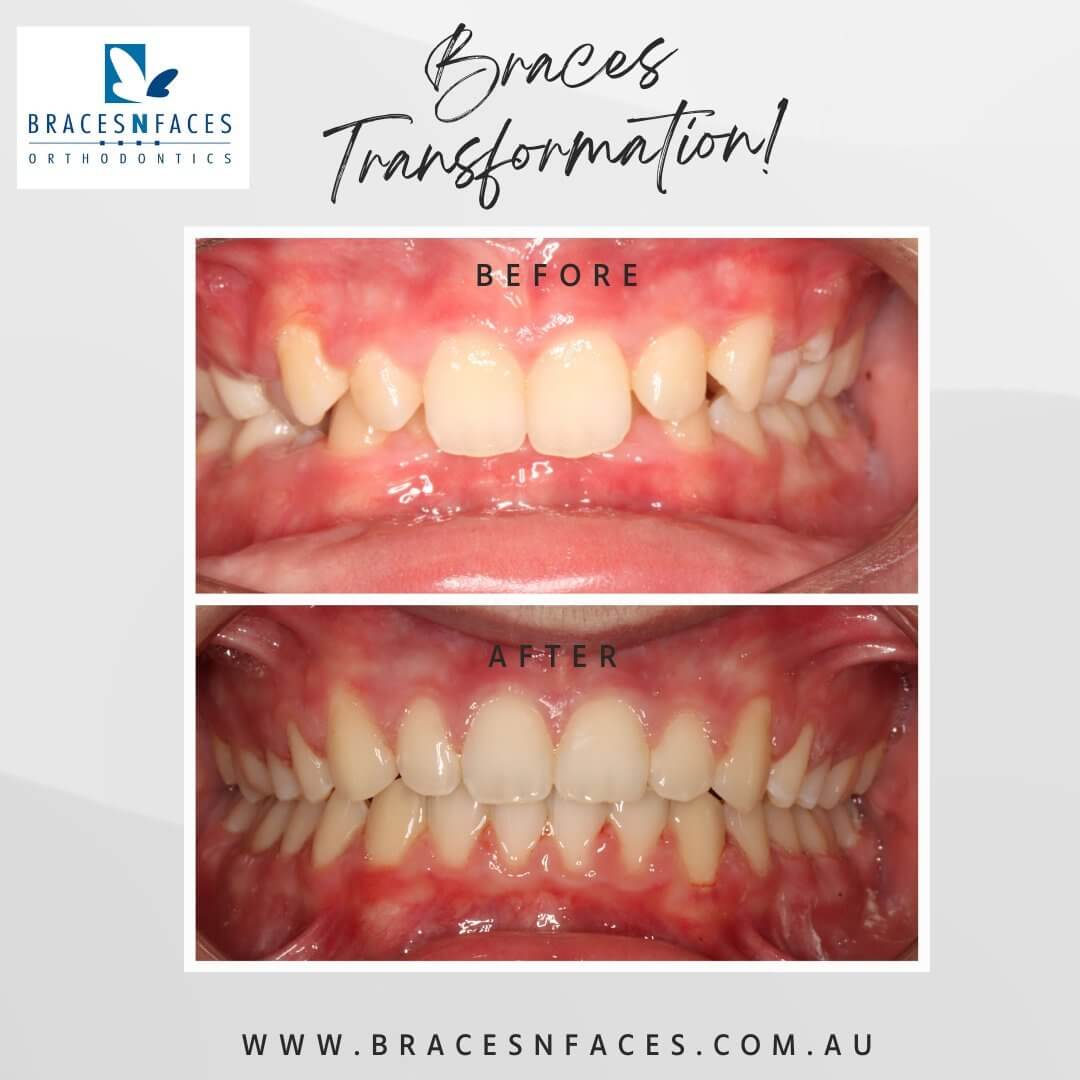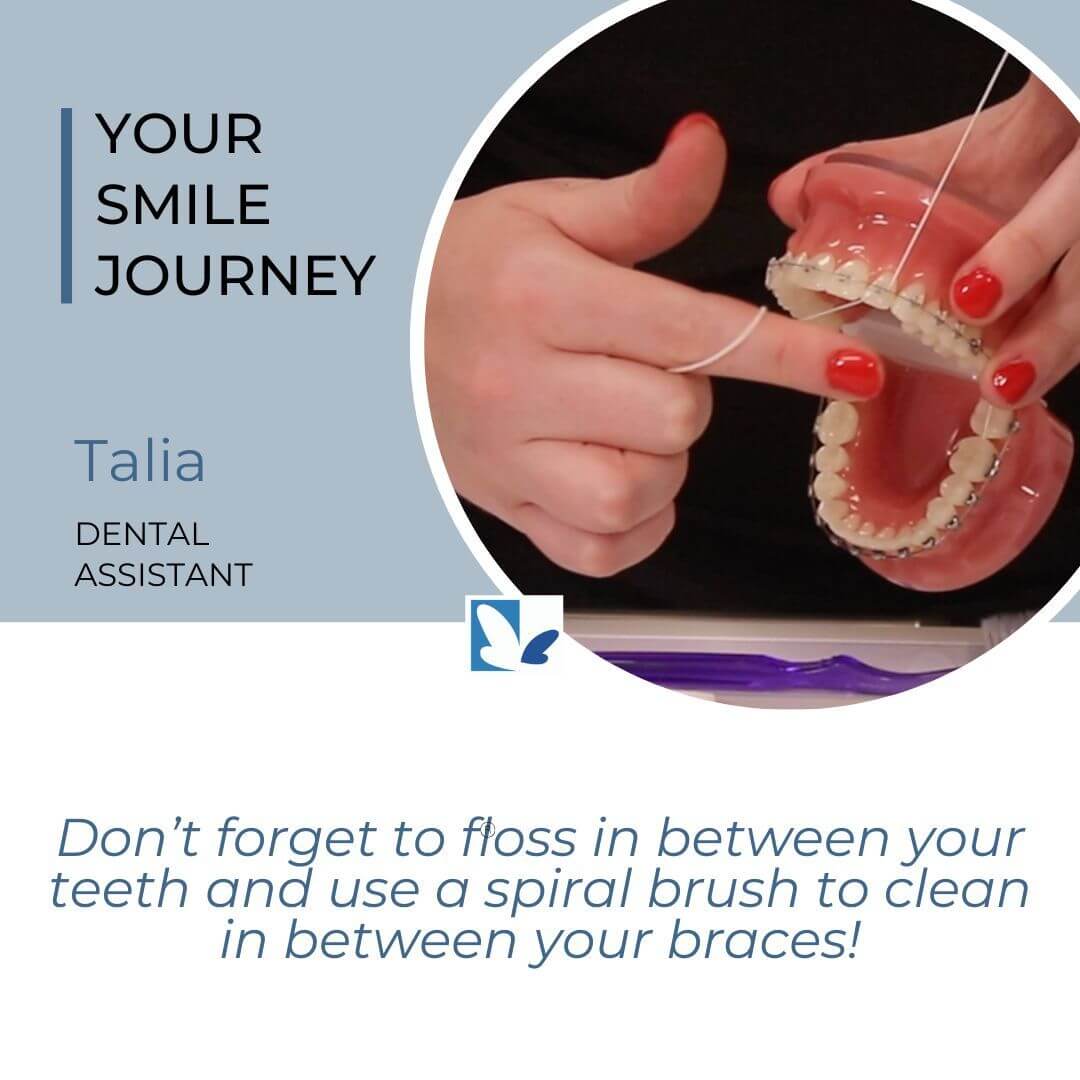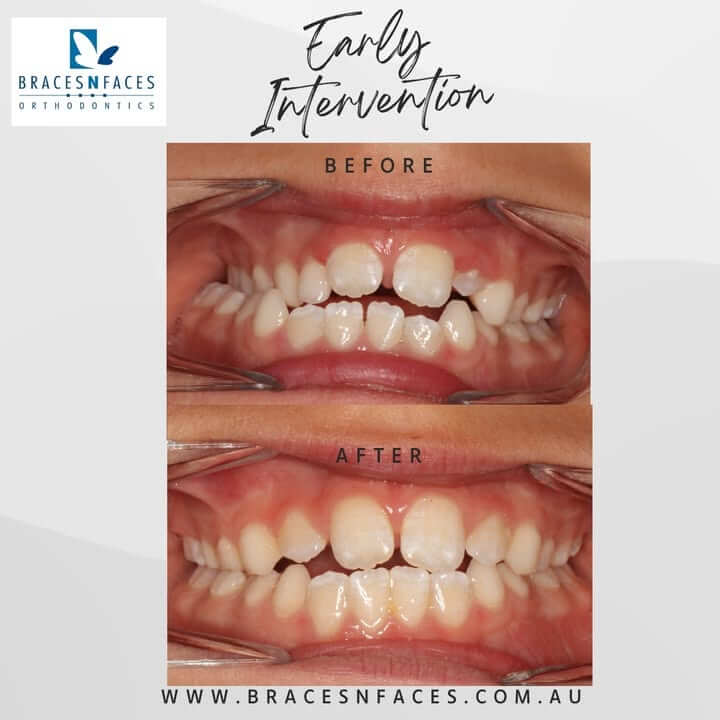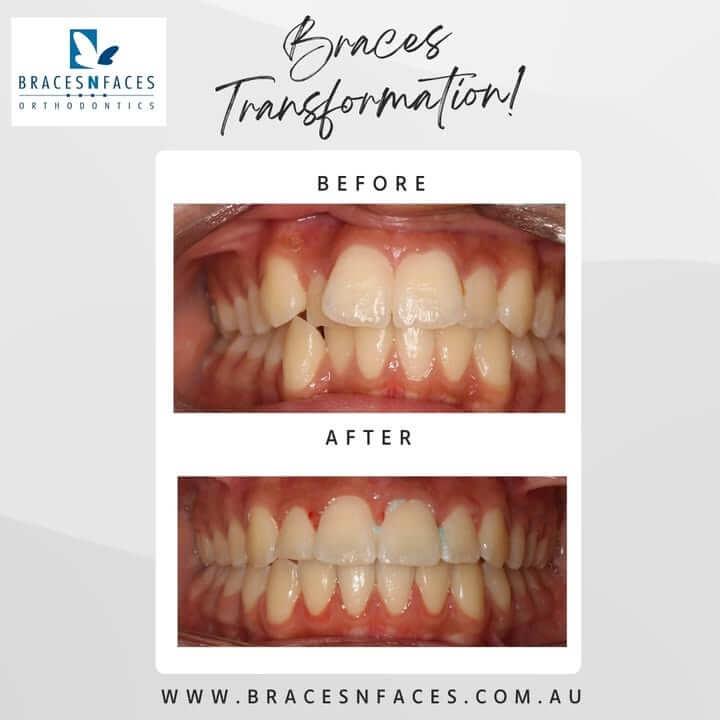Sep 18, 2025
Are Braces Covered by Medicare or Private Health in Australia?

If you are planning braces or Invisalign® for yourself or your child, the big question is how to pay for it. In Australia, orthodontic costs can be shared across Medicare, private health insurance, and flexible payment plans, but the rules are not always obvious. This guide breaks it down so you know what to expect, how to claim, and how to keep out-of-pocket costs manageable.
Are braces covered by Medicare?
In most cases, Medicare does not cover braces or Invisalign®. Medicare does not include routine orthodontic treatment under the public benefits system. There are a few limited scenarios where Medicare may contribute, but they are the exception.
- Public hospital treatment for significant medical or surgical conditions may have some Medicare support if orthodontics is part of a broader medical plan. This is uncommon and usually tied to complex conditions.
- Eligible children may access the Child Dental Benefits Schedule (CDBS) for basic dental care. CDBS does not cover braces or Invisalign®. It focuses on general dental care such as check-ups, X-rays, and fillings.
- State public dental services sometimes provide limited orthodontic care for severe cases after strict assessment. Waiting lists can be long and eligibility is narrow.
For most families and adults seeking braces or Invisalign®, you will rely on private health insurance and a realistic payment plan through your orthodontic clinic.
How private health insurance helps pay for braces
Private health insurance Extras cover can contribute to orthodontic costs. If you are new to Extras, here is how it usually works:
- Orthodontics is a specific category within dental Extras. You must choose a policy that lists orthodontics as an included benefit.
- Waiting periods apply. Most funds have a 12 month waiting period for orthodontics. Some policies have longer periods for major dental or lifetime limits, so check before you switch or upgrade.
- Annual limits and lifetime limits apply. Orthodontic benefits are often capped per year and may also have a lifetime maximum per person.
- Benefits are paid as a percentage or a set dollar amount. Some funds pay a percentage of fees up to your annual cap. Others pay a fixed schedule of benefits.
- Staged payments. Orthodontic treatment spans many months, so claims are typically processed across the treatment timeline rather than upfront in one lump sum.
A quick call to your fund can confirm your orthodontic waiting period, annual limit, lifetime limit, and how they process claims for long treatments. Ask them to email the details so you have a record.
What to know about rebates and claiming orthodontic expenses
To make the most of your cover and reduce surprises, keep these points in mind:
- Get a written treatment plan and item numbers. Your Specialist Orthodontist will provide a tailored plan with item codes, fees, and timeline. Your fund needs these to estimate benefits accurately.
- Understand your limits. If you have a $2,000 annual limit and a $2,500 lifetime limit, the fund will stop paying once you hit the lifetime cap, even if you still have annual allowance left in future years.
- Timing matters. If treatment spans two calendar or financial years, you might claim across multiple benefit periods. This can help you maximise annual limits if your fund permits.
- HICAPS on the day. Many clinics process eligible claims on the spot. You would pay the gap only.
- Tax and Medicare Levy Surcharge. Orthodontic fees are private medical costs and generally not claimable as a tax offset, but your health cover status can affect the Medicare Levy Surcharge. Speak with a tax professional for personalised advice.
- No referral needed. You can book directly with a Specialist Orthodontist. If you are using health insurance, a referral is not required for claims.
Braces vs Invisalign®: does insurance treat them differently?
Most health funds categorise braces and Invisalign® under the same orthodontic umbrella. The benefit rules, waiting periods, and limits are usually identical regardless of whether you choose metal braces, ceramic braces, or Invisalign®.
What changes is the total treatment fee and the way the clinic stages payments over time. Your Specialist Orthodontist will explain which option suits your bite, timeline, and budget. If aligners and braces are both suitable, your fund’s rebate typically remains the same and your out-of-pocket difference will come down to the total quoted fee and any payment plan you choose.
How to reduce out-of-pocket costs
You have more control than you might think. A few practical steps can make treatment more affordable.
- Choose the right Extras policy. Compare orthodontic lifetime limits and annual caps, not just premiums. Higher limits can outweigh slightly higher premiums if treatment is on the horizon.
- Start early with waiting periods. If you are considering braces next year, upgrade or start a policy now so the waiting period is done by the time you are ready.
- Ask about payment plans. Many clinics offer interest-free payment plans that spread costs over your treatment. This keeps monthly budgets comfortable.
- Consider timing across years. If your fund allows, starting late in the year may let you claim across two benefit periods.
- Use health savings. Some families set aside funds in advance to cover the gap. This avoids relying on credit and removes stress.
What to expect at your first consultation
Your first visit sets the foundation for clear costs and claims. At Braces n Faces Orthodontics, your free consultation includes:
- A thorough assessment and conversation about goals.
- iTero digital scans and 3D planning guidance where suitable.
- A tailored plan with item numbers, estimated timelines, and a transparent fee quote.
- A payment plan option that can fit into your lifestyle and budget.
- Guidance on claiming with your fund, including a written estimate to share with your insurer.
If you live locally, you can meet a Specialist Orthodontist at our Geelong clinic or Hoppers Crossing clinic. You are welcome to ask anything, especially about insurance cover, limits, and timing. If Invisalign® is on your radar, browse treatment options and FAQs for Invisalign® Geelong. If you are comparing costs, you can also read about how much braces cost in Geelong. When you are ready, book your free consultation and bring your health fund details.
Common myths, clarified
- Medicare will pay if it is for a child.Myth. CDBS does not include braces or Invisalign®. Public orthodontics is limited to severe cases through state systems.
- All private health policies cover orthodontics.Myth. Many entry-level Extras products exclude orthodontics entirely. Always check the policy brochure.
- You get the full annual limit upfront.Myth. Funds pay as treatment milestones are reached. The schedule is set by your fund’s rules and the clinic’s item numbers.
- Invisalign® is never covered.Myth. Most funds treat aligners and braces under the same orthodontic category.
A quick checklist before you start
- Call your fund and confirm waiting periods, annual limits, lifetime limits, and claiming rules.
- Book a consultation and request a written plan with item numbers.
- Ask for payment plan options that match your budget.
- Consider treatment timing to maximise annual benefits where possible.
Summary
For most Australians, Medicare does not cover braces or Invisalign®. Private health Extras with orthodontic benefits can reduce your out-of-pocket costs, but you will face waiting periods, annual caps, and lifetime limits. The smartest path is a clear treatment plan, early confirmation of your fund’s rules, and a practical payment schedule.
If you would like friendly, expert guidance tailored to you, our team is here to help with transparent fees and flexible options. Explore local care, compare costs and book your free consultation to get a personalised treatment and payment plan that fits your life.











